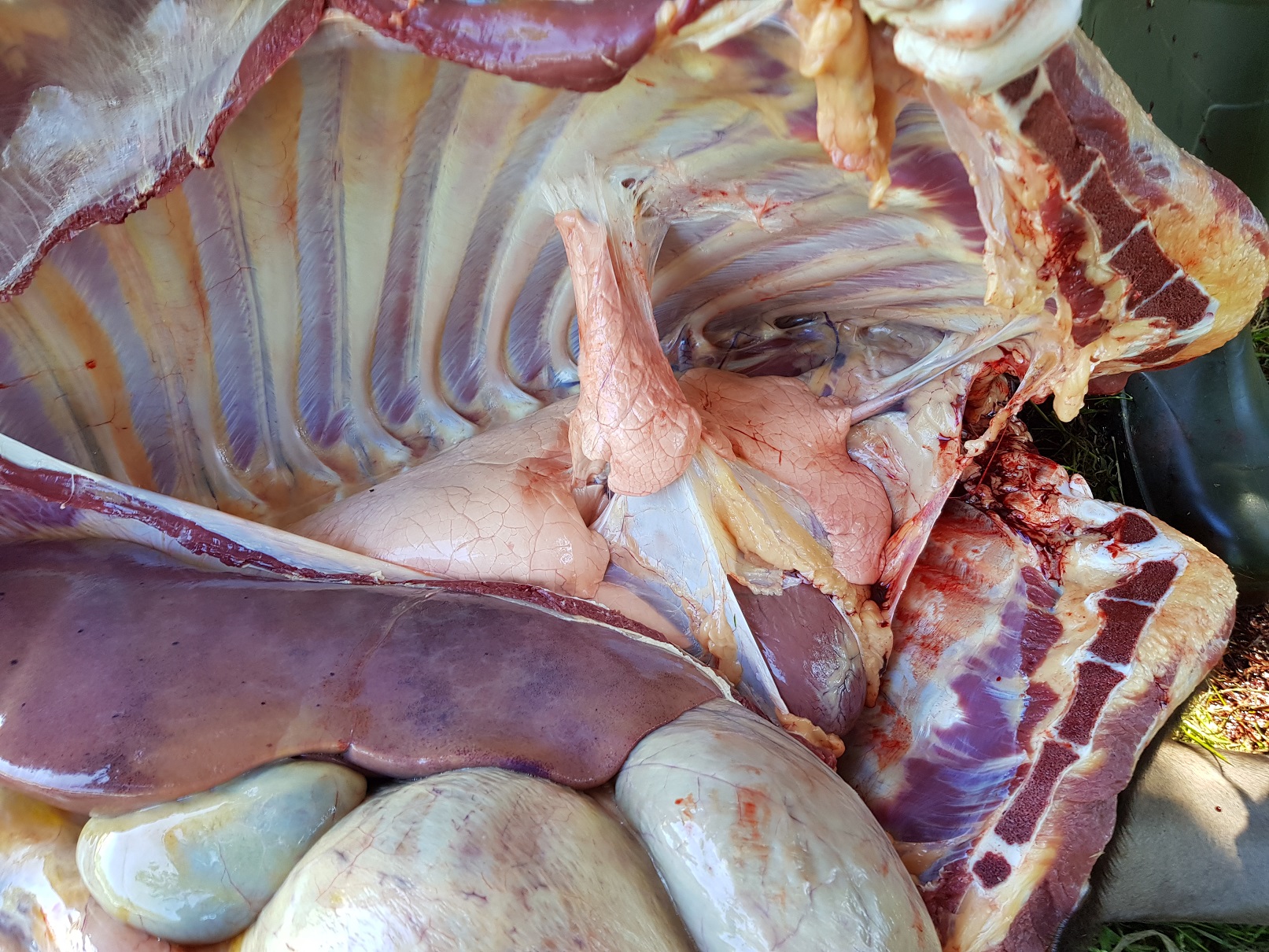Examination of fish is best undertaken in fish that are alive as fish tissues undergo rapid post mortem changes making examination of fish that have been dead >2h of no / minimal diagnostic value.
Note: Fish can only be submitted to laboratories where necropsies are performed. It is essential to contact your local laboratory prior to discuss your requirements.
In general fish are submitted to determine the cause of death/disease or for export certification.
To determine cause of mortalities/disease:
- Submit 4-6 fish, live, in water.
- Provided that the fish will reach the laboratory within at most 2h after death, one can submit 4-6 fish packed ‘on ice’, NOT FROZEN.
- Supply a pertinent background history
- If water quality testing has been undertaken e.g. oxygen level, pH, these findings should be included in the background history.
- Alternatively supply a water sample. We recommend at least 250-500 mL in a plastic pot/bottle. This will be forwarded to a referral laboratory for water quality testing.
- The fish will be necropsied and samples collected for histopathology and bacterial culture and forwarded for other tests as deemed necessary by the pathologist on duty.
For export certification:
- Hatchling or fingerling fish can be submitted, usually 25 – 50 in 10% buffered formalin.
- Histopathology is undertaken and, if, requested culture.
- For the latter, need fingerlings (30-60mm), smaller fish are too small for gill and kidney sampling for culture.
- Supply a list of the diseases for which the importing country requires exclusion testing.
Keep in mind that we require at least 5 working days to process and examine the prior to issuing a report.
PLEASE NOTE: We only certify for absence of histopathological lesions consistent for the diseases specified. For definitive exclusion testing we advise the submitter to contact the relevant government laboratory to determine what samples should be collected.

